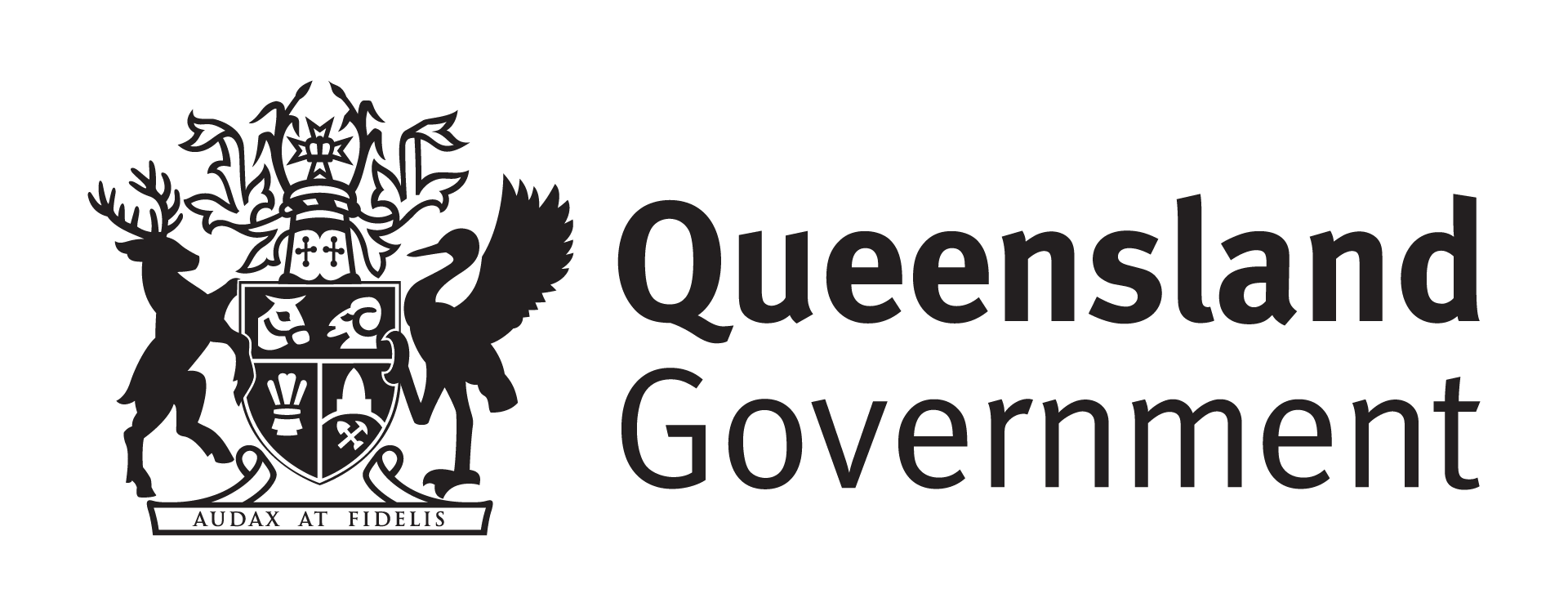Behavioural Change for Sustainable Transport
Decarbonising the transport sector
Investigating decarbonising the transport sector through enabling more sustainable transport options for all Australians.
In this section
Behavioural Change for Sustainable Transport
This project undertakes to better understand how to enable people to choose more sustainable public and active transport that will have a more beneficial impact in the short and long term. To achieve this, we need to understand how policy and infrastructure actions can make that transition work for cities and communities across Australia
Decarbonising the transport sector through transitioning from internal combustion engine vehicles to low or zero emission vehicles (LZEV) will not solve the majority of issues that face the transport sector. Enabling people to choose more sustainable public and active transport will have a more beneficial impact in the short and long term. To achieve this, we need to understand how policy and infrastructure actions can make that transition work for cities and communities across Australia.
This project will uncover attitudes and actions that are best likely to deliver actual change to a more sustainable transport system and include recommendations for policy makers and operators to expedite those changes with evidence-based policies and interventions. It will also investigate the economic impacts and potential cost benefit analysis of transition to more sustainable transport initiatives.
To maximise the benefits for Australia, there needs to be a well-planned and collaborative approach. To that end we will design and implement an Australia-wide online survey of demographically representative citizens to better understand their appreciation of, and willingness to support sustainable transport transitions. Outcomes will be analysed to offer insight into preparing a pathway forward for sustainable transport services in Australia and enable emissions reductions to meet more ambitious decarbonisation targets.
Setting the scene
Almost a third of all Greenhouse Gas (GHG) emissions in Australia are caused in large part through transport of goods and people and while there is no single solution to reducing emissions and other negative environmental and societal impacts, the transport sector has a range of opportunities to positively impact our environment and transition away from reliance on private vehicles. However, while opportunities are available to deliver more sustainable transport, there is no silver bullet and a top-down approach to reducing the environmental impact would be unlikely to deliver on GHG reduction targets. The desire, however, to reduce local air pollutants that are increasingly more harmful to humans, needs recognising and is part of any assessment of sustainability initiatives designed to reduce chemical pollution.
- A non-exhaustive list of interventions to support the decarbonising of the transport sector include:
- Public and active (walking, cycling…) transport infrastructure and services
- Road user charging reform
- Mode shift to more sustainable transport
- LZEV fleet transition
- Fuel standards
- Circular low-carbon supply chains
- Integrated transport planning
- Co-modality and (passenger and freight) and micro-freight
The combination of these reduction strategies is designed to allow the transport sector to play an important role in reducing the sector’s environmental footprint and GHG emissions (including local air pollution) more generally – by both reducing emissions through more efficient infrastructure and services and delivering more sustainable transport systems and networks enabling increased active and public transport. Such a shift towards more sustainable transport modes in Australia would require a co-ordinated effort by governments, industry, and individuals, with incentives as appropriate and affordable, and a willingness to invest in the necessary infrastructure and policies.
What are we trying to achieve?
This project aims to meet the following objectives:
- Confirm existing evidence on attitudes and actions that show positive signs to deliver actual change to a more sustainable transport system;
- Appreciate the available capacity within government for delivering sustainable transport interventions which will result in real behaviour change;
- Investigate and identify, through an Australia-wide online survey, the factors that influence sustainable travel choices and to obtain feedback on new transport initiatives with a modal focus, designed to give people improved accessibility by sustainable modes; and
- Provide recommendations on a pathway forward for encouraging modal shift and sustainable travel choices in Australia outlining the policy and infrastructure actions required.
How are we doing this?
Task 1:
- Desk-top review and environmental scan of existing research and reports both locally and internationally to inform the survey scope and structure.
- Information on different interventions, policies etc. be captured, and insights relating to the pros and cons of these models in different Australian contexts will be drawn out.
- Prepare a report summarising the works undertaken as part of Task 1 (“Task Report”).
Task 2:
- Engagement with organisations and governments currently delivering policies, pilots and projects driving behavioural change and modal shift for sustainable transport to investigate further applicability in the Australian context and appreciate barriers / challenges currently being experienced in delivering / developing / getting approval for mode shift projects and policies.
- Face-to-face and/or online stakeholder meetings (with local government, state transport agencies, transport advocacy groups, motoring associations, etc), organised by project partners and relevant key parties (selected with advice from DITRDCA andTMR who will reflect the federal and state perspective) to shape input to survey scope and structure, understand expectations to address and ameliorate any perceived risks and leverage potential opportunities.
- Prepare a report summarising the works undertaken as part of Task 2 (“Task 2 Report”).
What do we already know?
Almost a third of all Greenhouse Gas (GHG) emissions in Australia are caused in large part through transport of goods and people and while there is no single solution to reducing emissions and other negative environmental and societal impacts, the transport sector has a range of opportunities to positively impact our environment and transition away from reliance on private vehicles. However, while opportunities are available to deliver more sustainable transport, there is no silver bullet and a top-down approach to reducing the environmental impact would be unlikely to deliver on GHG reduction targets. The desire, however, to reduce local air pollutants that are increasingly more harmful to humans, needs recognising and is part of any assessment of sustainability initiatives designed to reduce chemical pollution.
The combination of these reduction strategies is designed to allow the transport sector to play an important role in reducing the sector’s environmental footprint and GHG emissions (including local air pollution) more generally – by both reducing emissions through more efficient infrastructure and services and delivering more sustainable transport systems and networks enabling increased active and public transport. Such a shift towards more sustainable transport modes in Australia would require a co-ordinated effort by governments, industry, and individuals, with incentives as appropriate and affordable, and a willingness to invest in the necessary infrastructure and policies.


